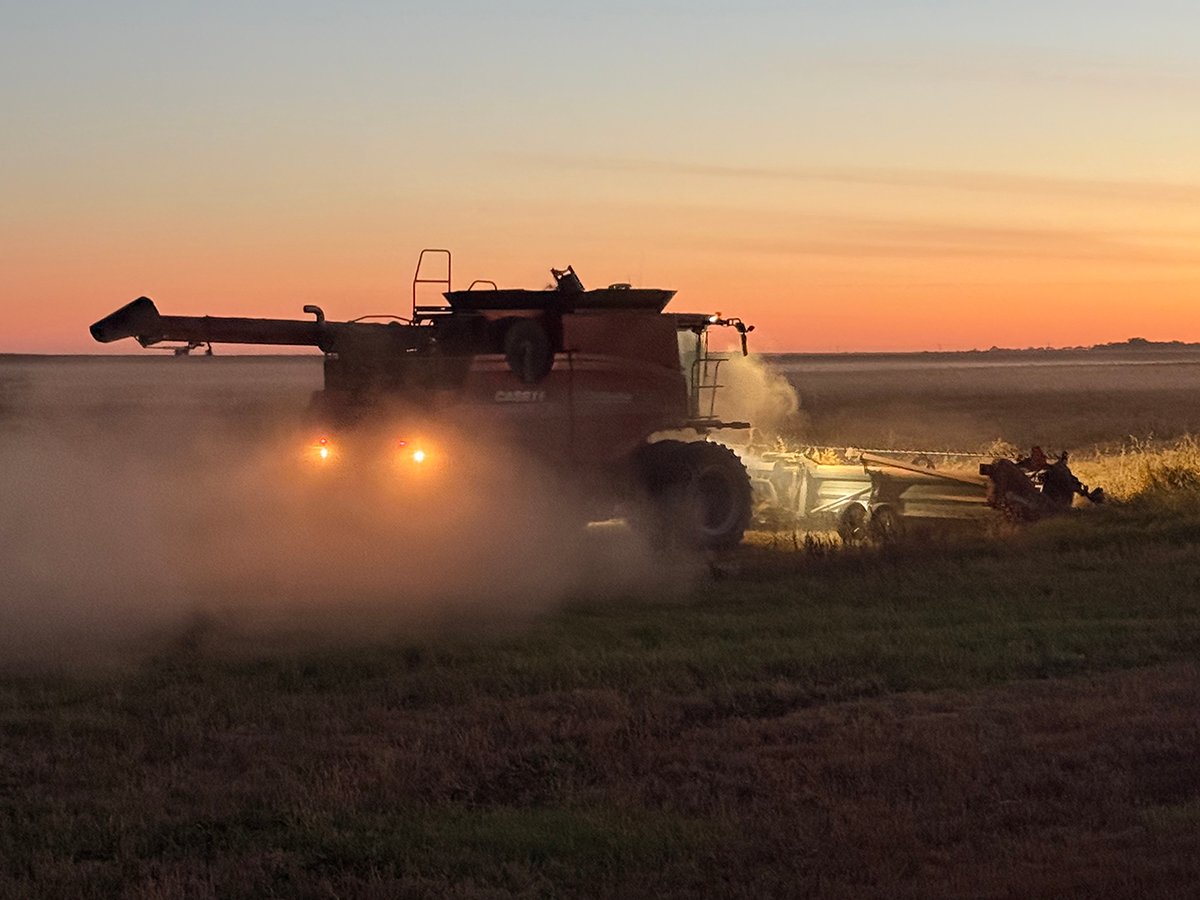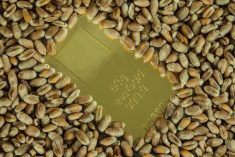Today StatsCan released its report on what farmers think they’re going to produce this year, or at least what on July 31 they thought.
Go see the report here: http://www.statcan.gc.ca/daily-quotidien/090821/dq090821a-eng.htm
Basically it expects a 17.5 percent decline in all-wheat production to 23.61 million tonnes and a 24.5 percent reduction in canola to 9.541 million tonnes. Barley is expected to drop 24 percent from 2008 production and oats are down 30.5 percent.
Let’s see what the market does with those numbers when it puts them in its pipe and smokes it. Some, like the oats number, seem dramatic compared to last year but are what the market expects anyway so won’t likely rock the market. Most studied number is likely to be the canola number.
Read Also

Downturn in grain farm economics threatens to be long term
We might look back at this fall as the turning point in grain farm economics — the point where making money became really difficult.
Regardless of the reax to these StatsCan numbers, the greatest problem all forecasters – including every farmer out there – has right now is coming up with a reasonable expectation of how much can be harvested before a frost destroys its quality. Without frost, there’s a good crop potential out there. Some canola’s still flowering, if you can believe it, and if it could just mature and develop in however long it takes, and clear out all that greenness from the seeds, everything would be great.
But average first frost dates in almost all of the prairies are now within the next month – certainly by the end of September – and so the big question is how much makes it, and how much doesn’t. Good luck coming up with an answer.
I have a story in this week’s paper about this problem. I spoke to Ken Ball of Union Securities and he laughed about what a crapshoot calling the final canola production number is right now. Huge range of possibilities. What do you do with that?
Brian Clancey of Stat Publishing issued a short summary of the situation in the pulse industry this week, commenting on Saskatchewan Agriculture’s crop report, noting “immature seeds tend to stop ripening when struck by hard frost, resulting in significant quality damage. This can be a real quality issue for companies which kills pulses into flour and both they and their suppliers need to be clear about sourcing material harvested before any frost events in order to minimize the potential for quality claims after any product is delivered.”
It’s been a few cold days here on the eastern prairies. Little is developing, other than the potential for damage from the incessant showers. The weekend is supposed to contain good weather. Let’s hope it’s the beginning of a trend that allows prairie crops to race like Usain Bolt towards maturity and leaves those frost fears eating its cleats.

















